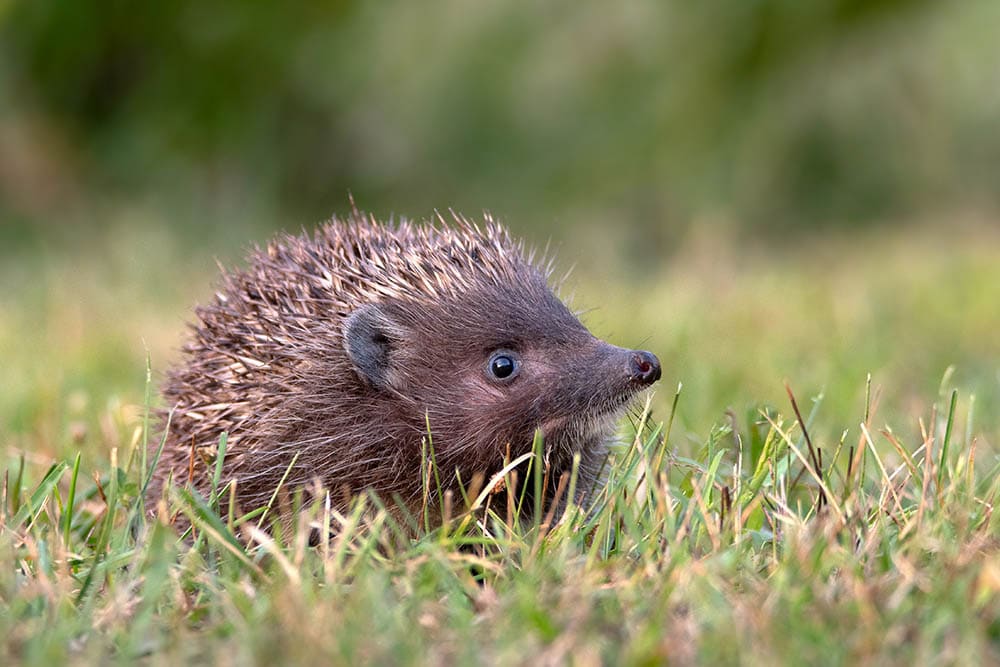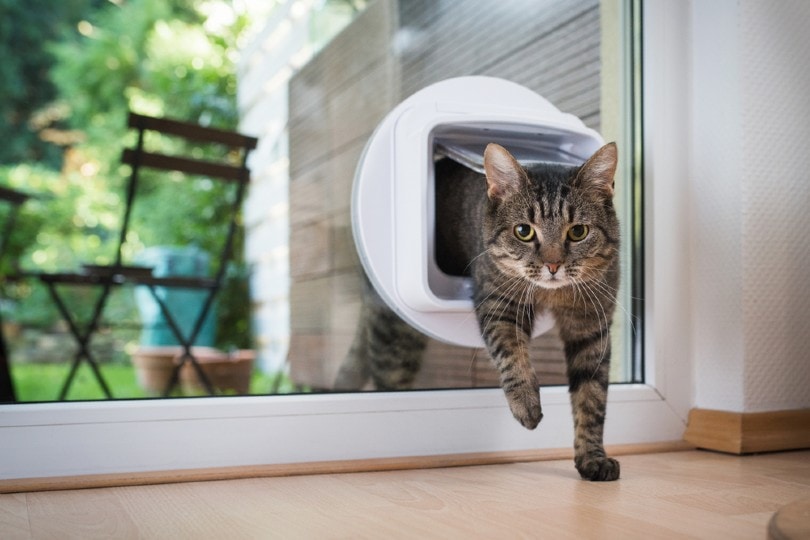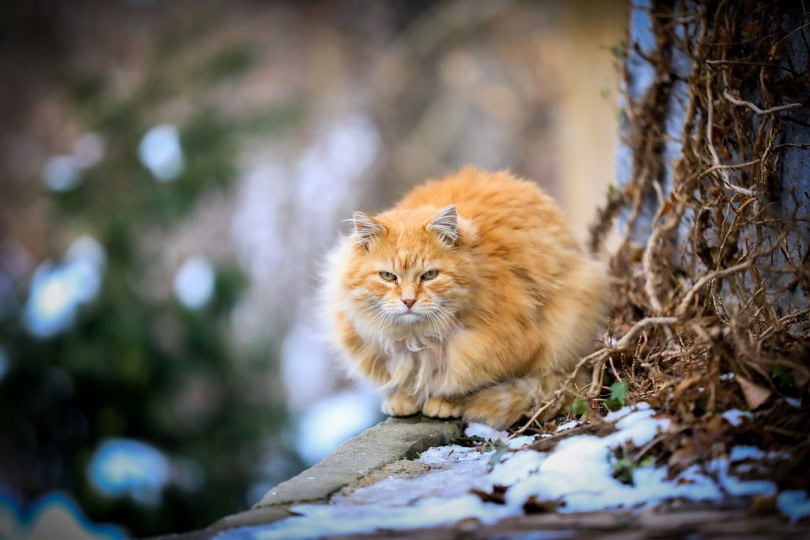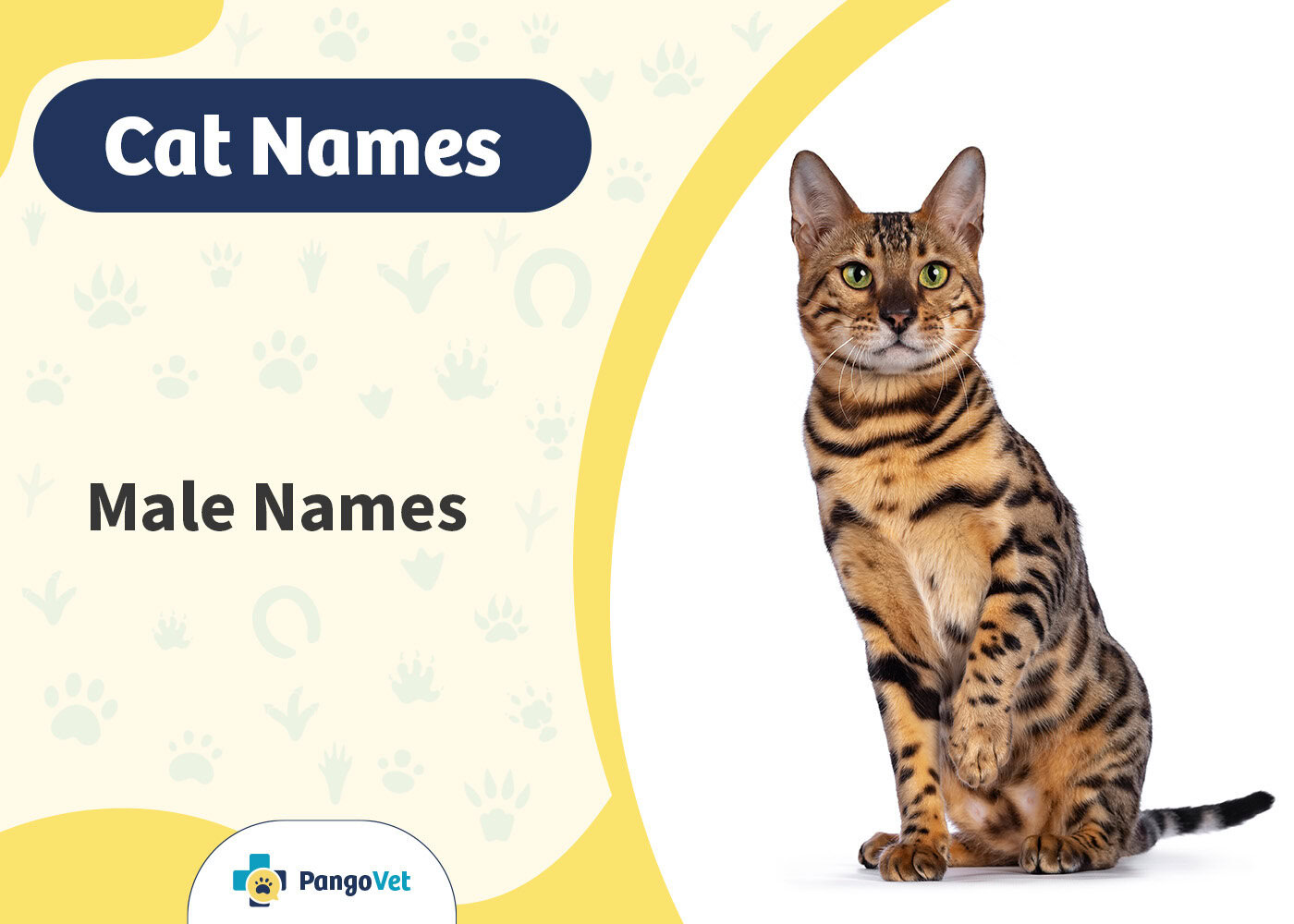VET APPROVED

The information is current and up-to-date in accordance with the latest veterinarian research.
Learn more »Click to Skip Ahead
We all know and love the hedgehog for its adorable little face and prickly spines, but have you ever wondered if hedgies have fur? It might surprise you to know that hedgehogs do, in fact, have fur covering their tender bellies. It’s also present on the face, legs, and chest.
This coarse fur helps keep the animal warm and insulated, helping to maintain a proper body temperature. While hedgehogs have fur on their bellies, most of their body is covered in sharp spines also called “quills”. Read on to learn more about hedgehogs and their fur and quills.
 What Are Hedgehog Quills Made Of?
What Are Hedgehog Quills Made Of?
You might be surprised to learn that spines or quills are actually a modified form of hair, but they have support segments and hollow sections, which appear like a citrus fruit when cut in half.1 Quills are made from keratin, which is the same thing that makes up hair and fur.
And just like with hair and fur, hedgehogs shed their quills over time, growing new ones as they go. Most hedgies have 3,000–5,000 quills at any given time. Unlike many new world porcupine quills, hedgehog quills are not barbed, so they will not become lodged in the skin if you get pricked. They also do not contain any toxins.
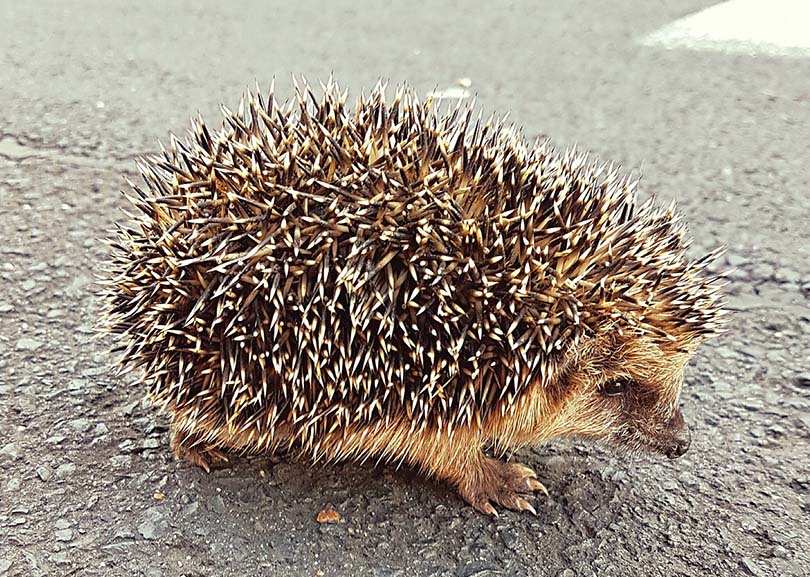
Can Hedgehogs Control Their Quills?
Hedgehogs have a complex set of muscles located in their back that allow them to control their quills. While this control is somewhat limited, they are able to adjust what direction their quills are pointing, as well as curl into a ball. This helps them significantly when they are curled into a tight, defensive ball, allowing them to make themselves as difficult to eat as possible for predators.
How Do Hedgehogs Care of Their Quills?
Just like with fur, quills do require some cleaning and maintenance. Hedgehogs are known to produce a foamy saliva, which they then spread across all of their quills. Hedgehogs will regularly bite into or lick a new item they encounter, like plants. They will use this to produce the foamy saliva, using it to cover their bodies. This behavior is called “anointing”.
It’s not fully understood why they do this, but it has been suggested that they do it either to camouflage themselves, mask their odor, help them avoid predators, or to protect against parasites that may settle on the skin. It’s also possible that they do this to help them blend in with the scents of the area they are in.
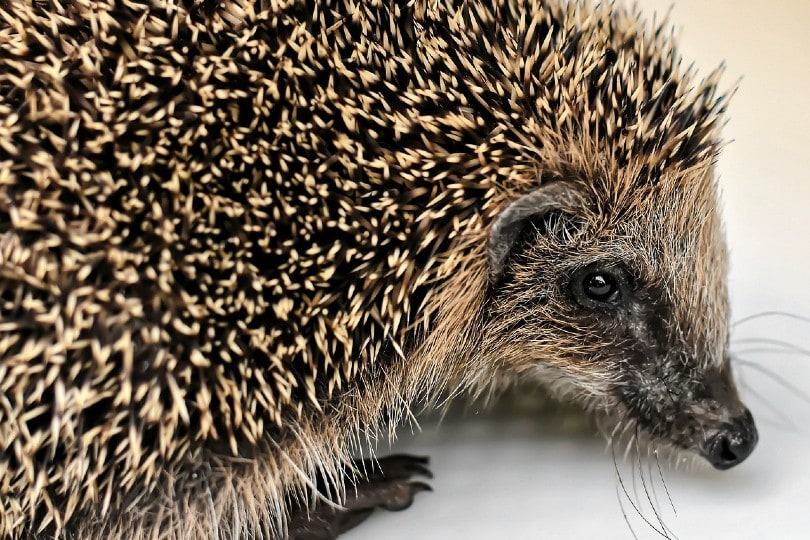
Do Baby Hedgehogs Have Quills?
Hedgehogs give live birth to babies called “hoglets”. Hoglets are born with quills, but they are very different from adult hedgehog quills. Hoglet quills are very soft and flexible, but these quickly grow into hard quills within the first few weeks of life.
While inside the mother, hoglets are covered in a layer of fluid-filled skin. This serves to protect the mother internally and during birth from the rough edges of the quills. After birth, the soft quills are revealed.

Conclusion
Hedgehogs do have fur, but it covers less than half of their body. The rest of the body is covered with quills or spines, which are keratin-based, semi-hollow spikes that are considered to be a modified form of hair or fur. These quills serve as a form of protection to the tiny hedgehog. Through anointing, hedgehogs can cover their quills with foamy saliva that is believed to make them less appetizing to predators or parasites, or it may help them blend in with their environment more efficiently.
See Also:
- What Is Wobbly Hedgehog Syndrome, and How Is It Treated? (Vet Answer)
- Is My Hedgehog Sick? Are They Dying? Signs To Look For (Vet Answer)
Featured Image Credit: Lubos Houska, Shutterstock
